‘A happy white men’s club’
BREAKING – Australian Border Force has intercepted an illegal boat trying to reach Australia. Keep our borders secure by voting Liberal today.
On election day in 2022, thousands of Australian voters – perhaps already in line at their local primary school, democracy sausage in hand – received this text message. Refugees had not been a hot-button issue in this election, and the messages were generally seen as an unsuccessful last-ditch effort by a Coalition government already on the ropes. But the new Albanese Labor government was quick to confirm, just a day after being sworn in, that it had turned the boat back without hesitation. A public warning was issued to people smugglers that Australia’s border policy remained iron-clad and inflexible. Such statements are usually for the benefit of the Australian public, rather than an imagined audience of people smugglers.
But why did a Labor government so recently handed a mandate for political change feel the need to demonstrate its tough border security stance immediately? In part, it stems from the Australian Labor Party’s long history of unease about immigration. The ALP was at first one of the White Australia policy’s staunchest defenders and became, eventually, the party to declare it dead and buried, in 1973. But even where Labor leaders made radical, progressive changes to immigration policy, there were deep undercurrents of equivocation and ambivalence. The ALP struggles, still, to tell a coherent story about itself when it comes to immigration – particularly about its history with refugees and asylum seekers.
Australia’s first foray into the mass migration of people from outside Britain and Ireland came with a Labor government. Following World War II, thousands of central and eastern European refugees migrated to Australia and were followed by large numbers of southern Europeans in the 1950s. Arthur Calwell, Australia’s first immigration minister (1945–49) and architect of this postwar migration scheme, was a late convert to any kind of mass assisted migration. He was the image of a traditional Labor man: connected strongly with the trade unions, and concerned that facilitating the arrival of people who could not afford emigration would put downward pressure on wages and increase poverty in Australia. Robert Menzies himself later wrote that he thought only someone ‘known as a life-time Labour man of the strictest orthodoxy’, like Calwell, could have pulled off this radical change to Australia’s immigration policy. Australians needed to be pulled along by a leader who had himself changed his mind – at least about European migrants.
Continue reading for only $10 per month. Subscribe and gain full access to Australian Book Review. Already a subscriber? Sign in. If you need assistance, feel free to contact us.



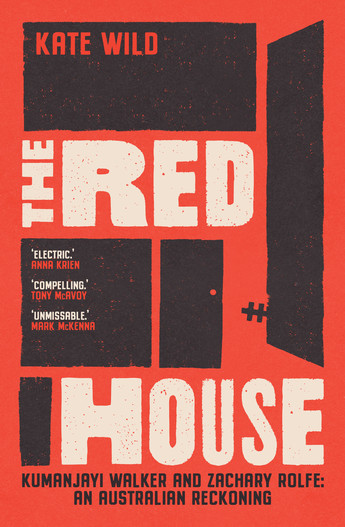
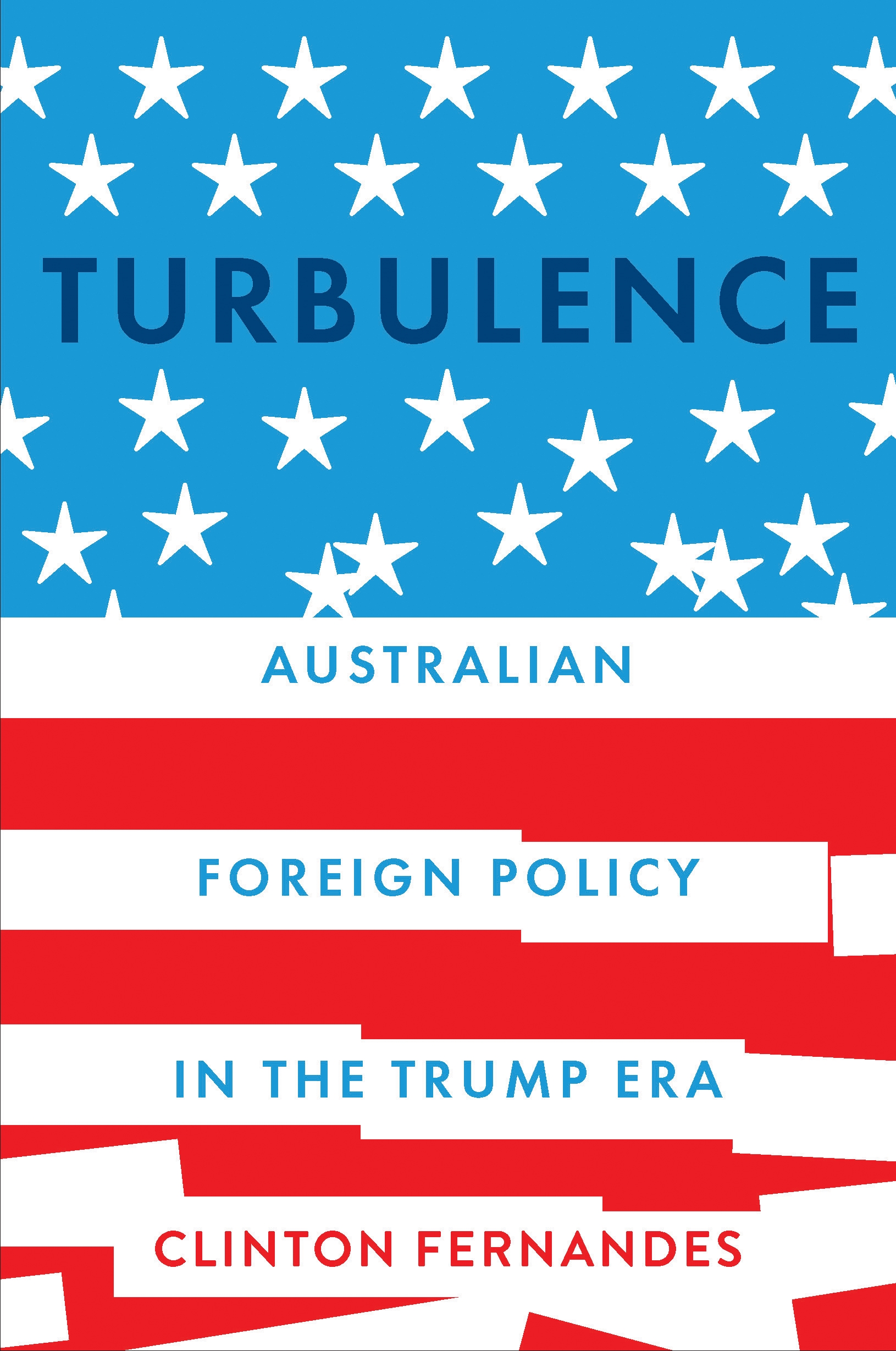
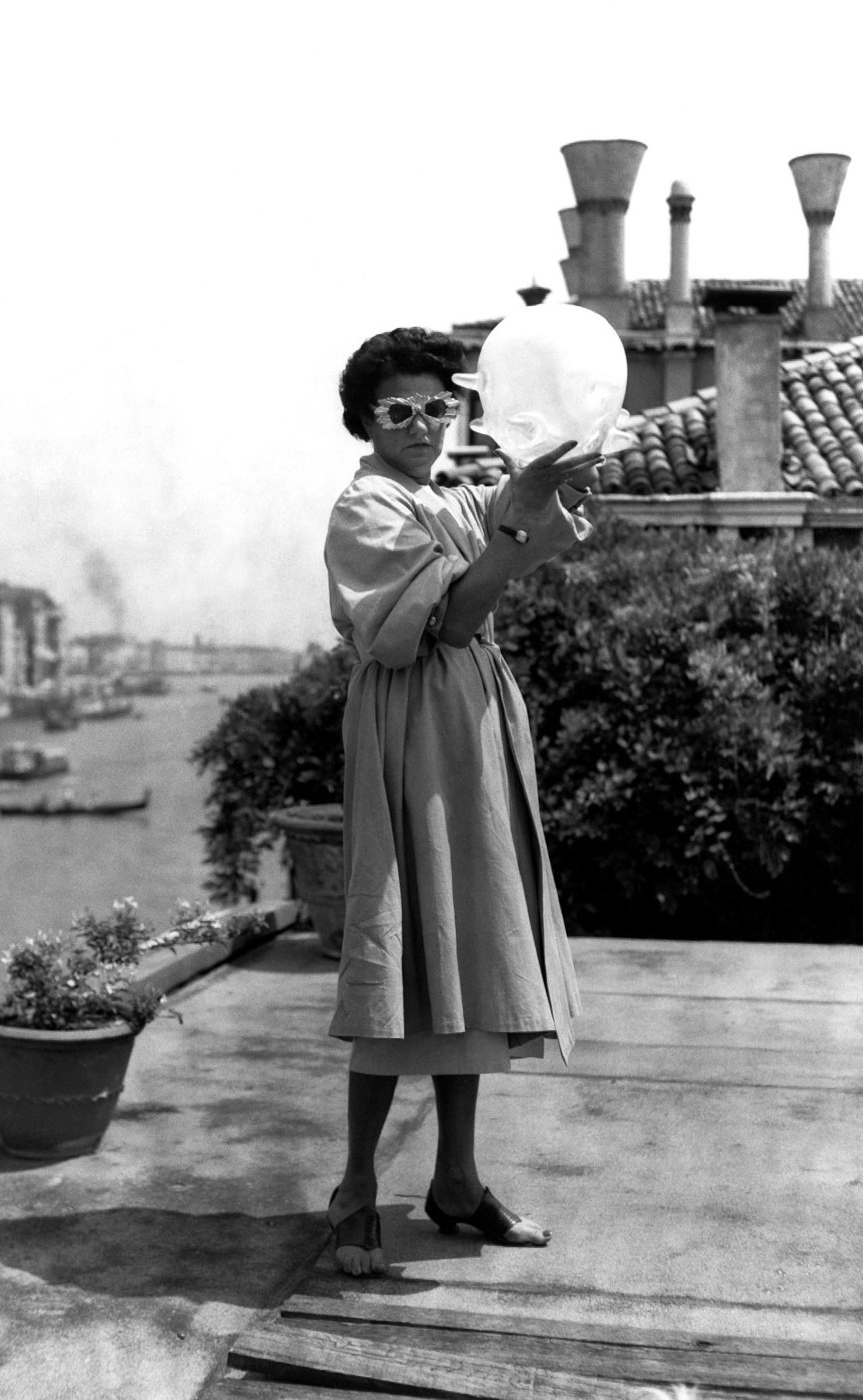
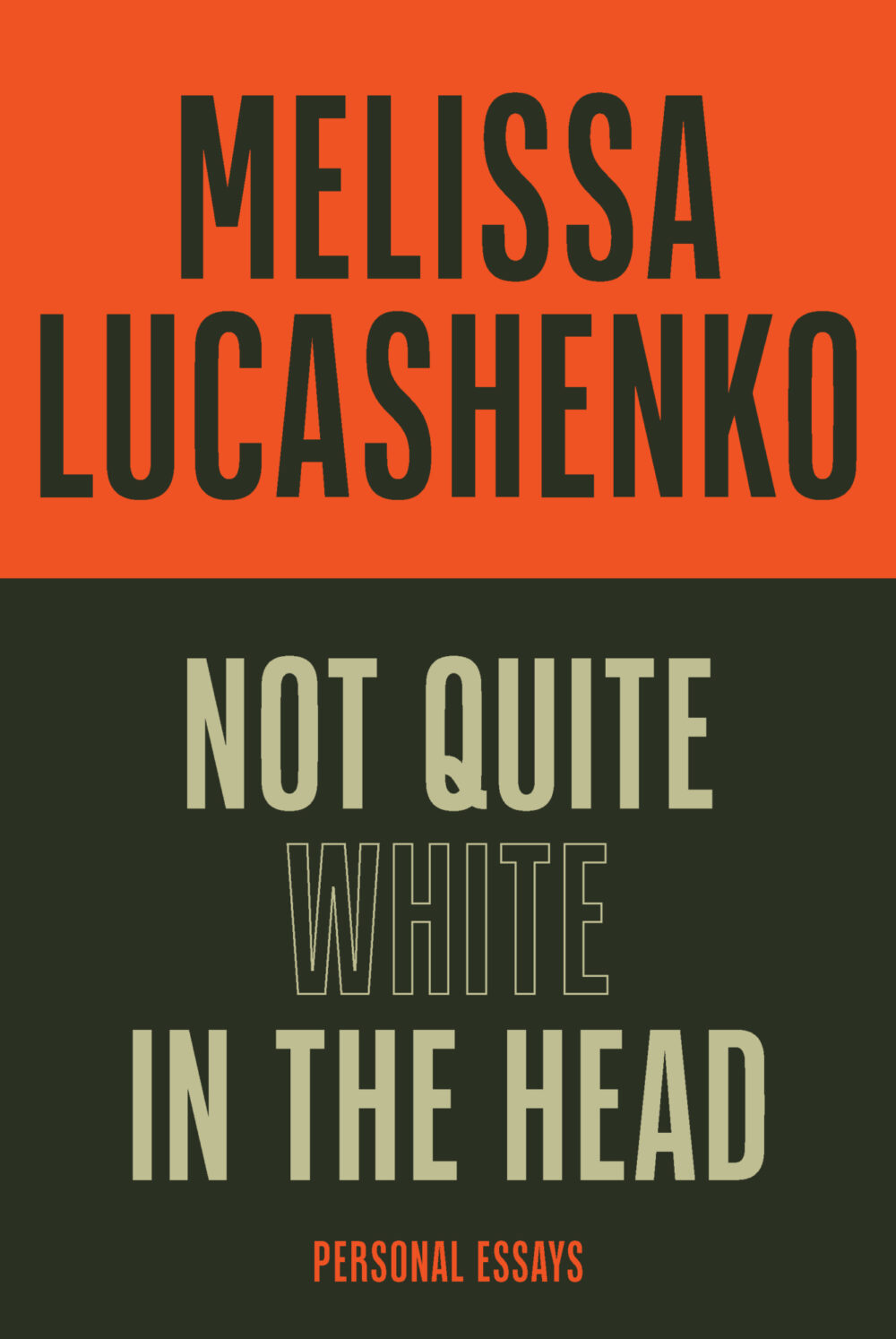
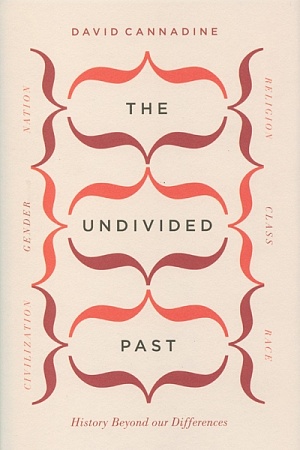



Leave a comment
If you are an ABR subscriber, you will need to sign in to post a comment.
If you have forgotten your sign in details, or if you receive an error message when trying to submit your comment, please email your comment (and the name of the article to which it relates) to ABR Comments. We will review your comment and, subject to approval, we will post it under your name.
Please note that all comments must be approved by ABR and comply with our Terms & Conditions.